Homes of Animals
Here we will learn about the homes of animals. We know, some animals live on land like lion, bear, elephant, horse, etc. Some animals live on trees like monkey, squirrel, etc. Some animals live in water like fish, octopus, whale, etc. Some animals live on land as well as in water like crocodile, tortoise frog, etc.
Like us, all animals need shelter to live in. A shelter protects them from heat, cold, rain and enemies. Their shelters are their homes. Different animals live in different kinds of homes. Some animals make their own homes.
Homes of bird: Birds make nests to live in with straw, twigs, leaves, cotton, etc. Sparrow, tailor bird, woodpecker and weaver bird make their own nests.
Home of rabbit: Rabbit dig burrows to live in.
Home of mouse: Mouse dig holes to live in.
Home of spider: Spider spins a cobweb to live in.
Home
of honey-bee and savage-bee: Honey-bees and
savage-bees make hives to live in.
Home of lion: A lion lives in den.
Home of snake: A snake lives in a hole.
We make homes for domestic animals.
Home of cow: We make sheds for cows.
Home of dog: We make kennels for dogs.
Home of horse: We make stables for horses.
Home of fish: We make aquariums for fish.
Home of hen: We make coops for hen.
From Homes of Animals to HOME PAGE
Recent Articles
-
What Is Plasma? | Blood Plasma | Proteins | Nutrients | Cholesterol
Nov 07, 25 10:29 AM
Blood is a mobile fluid which is a connective tissue and is derived from the mesoderm like cell any other connective tissue. Colour of blood is reddish and that flows inside the blood vessels by means… -
Disorders of Respiratory System | Tuberculosis | Pleurisy | Emphysema
Oct 28, 25 11:39 PM
Tuberculosis is very common disease and is caused by a type of bacteria called Mycobacterium tuberculosis. This disease causes different trouble in the respiration and infection of several parts of th… -
Regulation of Respiration | Respiratory Centres | Inspiratory Area |
Oct 14, 25 12:13 AM
Respiratory Centre is the area that controls the rate of respiration and it is observed to be located in medulla oblongata and pons. Respiratory Centre has the following will dispersed components like… -
Explain Transport of Gases | External Respiration | Tissue Respiration
Oct 09, 25 11:35 PM
In humans gaseous exchange is completed in the following ways the steps are - External Respiration or Breathing - Breathing in false taking in of Oxygen and giving out of carbon dioxide in the body. M… -
Kind and Number of Teeth | Location of Teeth in Mouth | Care of Teeth
Sep 11, 25 12:52 AM
Kind and Number of Teeth
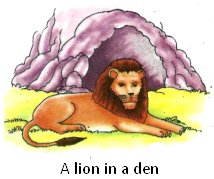
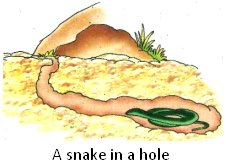
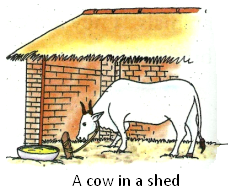
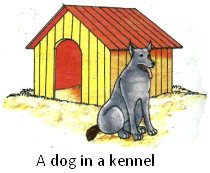
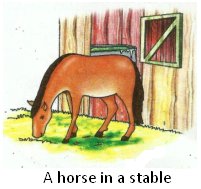
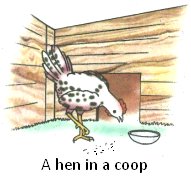





New! Comments
Have your say about what you just read! Leave me a comment in the box below.